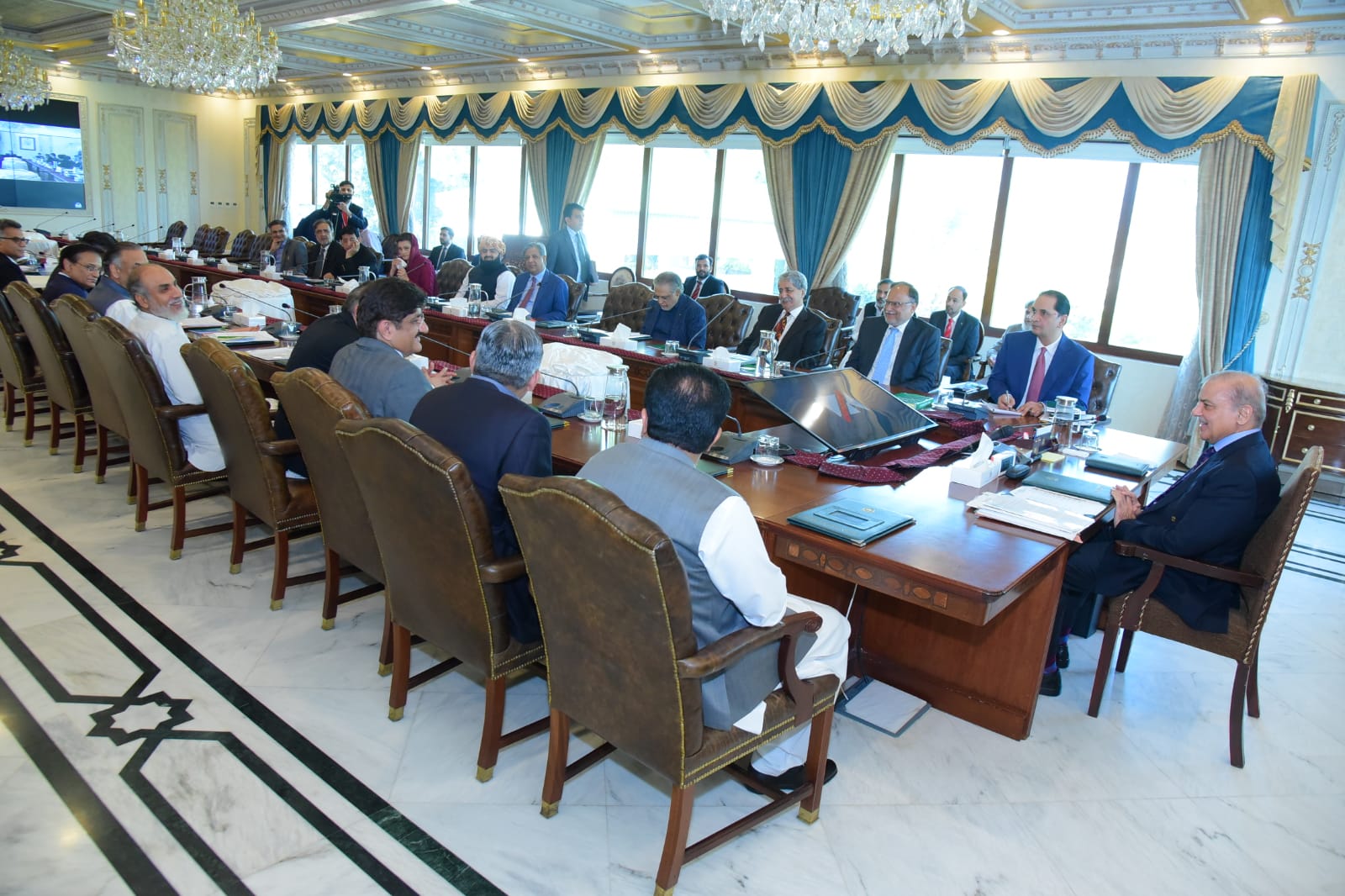Announcement of Results of 7th Population and Housing Census-2023 ‘The Digital Census’
Final Results: Pakistan | Balochistan | KP | Punjab | Sindh
Council of Common Interest (CCI) in its 45th Meeting held on 12th April 2021 decided to approve the final results of 6th Population & Housing Census-2017 in the larger national interest and also decided that “the process of next census should start as early as possible according to international best practices by using latest technology”.
2. Owing to the Importance of Census and its long term ramifications due to its linkage with Political Representation & Resource Allocation, and in order to bring credibility & transparency to the whole Census & to adopt best International Practices, Government of Pakistan constituted Census Advisory Committee(CAC) of renowned Demographers & Experts from all Provinces under the Chair of Deputy Chairman Planning Commission(DCPC) with extensive Terms of Reference for 7th Population & Housing Census (Digital Census). The Committee held series of meetings and reviewed the Census-2017 processes in detail to identify issues along with comparative studies of the countries of region & globe to adopt best international practices. The CAC after detail study of process, UN principles and deliberations recommended to conduct the 7th Population & Housing Census, “Digitally” through tablets linked with Geographic Information System (GIS) for real time monitoring. The committee also observed that the one of the major issue was “trust deficit” therefore in order to bring transparency, credibility and ownership to whole census processes, Provinces must be involved from start to end i.e. from planning to compilation of census results.
3. Keeping in view the above mentioned facts and in order to bring credibility & broader acceptability to the gigantic process of 7th Population & Housing Census in the world’s fifth big country, extensive working was initiated. In the first step, series of consultative meetings were held with Provinces for generating consensus and as confidence building measure. Afterwards, the same recommendations were approved by CCI in its 49th Meeting held on 13January 2022 with the decision to conduct 7th Population & Housing Census “Digitally” in the shortest Span of 18th months. Accordingly, in order to conduct the gigantic exercise of Paramount importance in challenging timelines, PBS worked on Government to Government Model (G2G) by involving different National Organizations, NADRA( provision of 126000 tablets , Census ERP and field technical support), NTC ( Data infrastructure (Storage & Computing Facilities)), SUPARCO( Provision of high resolution imagery for geotagging & complete coverage), Provincial Governments (121000 enumerators, monitoring & conduct of census) and Armed Forces ( provision of security to Field staff).
4. The Process largest exercise in South Asia and Pakistan’s first-ever digital census, has garnered global praise and promoted a softer image for the country due to prudent architecture, design and flawless execution of the First-Ever Digital Census, marking it as a historic milestone, and establishing a remarkable impact on the technology footprint of the country. The gigantic exercise was efficiently & successfully managed with coordination & support of all stakeholders. For provision of the reliable data for the policy & planning for evidence-based decision-making, the data for development of frame for economic census was also integrated with the housing and population census, saving the government Rs. 7 Billion. This will help to conduct the first ever economic census in the country for provision of evidence for ecominc planning
5. The technological leaps achieved during the census through a unique, indigenous, self-enumeration portal (first in South Asia, which has given softer image to the country). The specially user friendly designed data collection software with builtin edit checks and role based customized dashboards; fully IT trained, 121000 enumerators equipped with tablets linked with GIs through high resolution imagery, geo-tagged 40 million structures (including all type economic establishments like schools, colleges, mosques hostels et.,), integration of digitization in a sophisticated way, which resulted in seamless data synchronization of over 250 million data to servers . Dedicated 24/7 Call centers for complaint management and problem resolution along with SMS gateway are the other prominent features of Digital census. For the first time in history of country , customized dashboard linked with GIS was provided to the provinces during conduct of census which not only provided the live population statistics but help to monitor the progress, identify the issues for timely rectification. This process not only brought transparency but also provided credibility and ownership to whole census process.
6. The data collected through digital census will provide the basis for planning for economic growth, inequity reduction, and improved service delivery and governance. Plans are developed to use the GIS data for strengthening postal/courier services, merchandise delivery, and gig economy. Moreover, plans are being developed to engage with Telco, infopreneurs, sourcing, supply chains, and financial sector for strengthening existing business and creating opportunities for economic growth and jobs. This data will provide customized dashboards with geotagged structures linked with different socio economic data like literacy, housing, employment, migration etc. for different sectors like “Education”, “Health”, and Housing and help planning commission of Pakistan for need based projects designed for each sector on preferred criteria. The socio-economic data collected through Census with geotagged structures is the tool for development and will be used as lubricant for “Paradigm shift” for planning based on informed decision making for efficient management, effective Governance and resource allocation.
7. The efficient and state of the art designed process for collecting census data across the country; with real-time monitoring using GIS systems and live dashboards, have ensured transparency, accountability, and credibility of the largest national exercise of the census, facilitating informed decision making, Improving Governance for efficient management for policy planning and resource allocation



